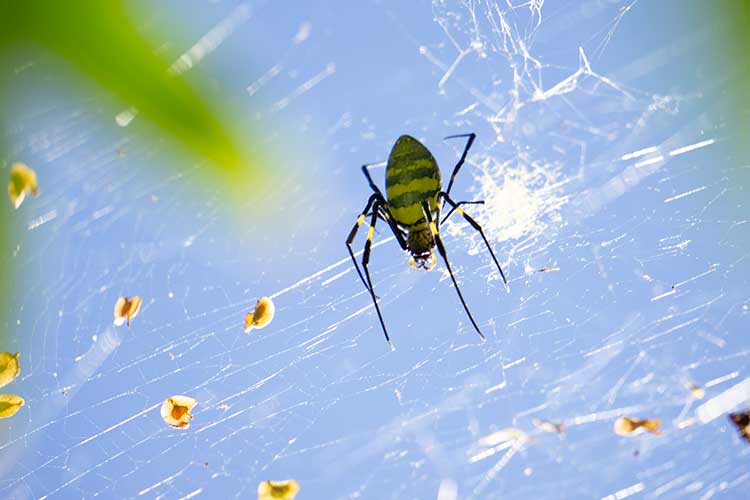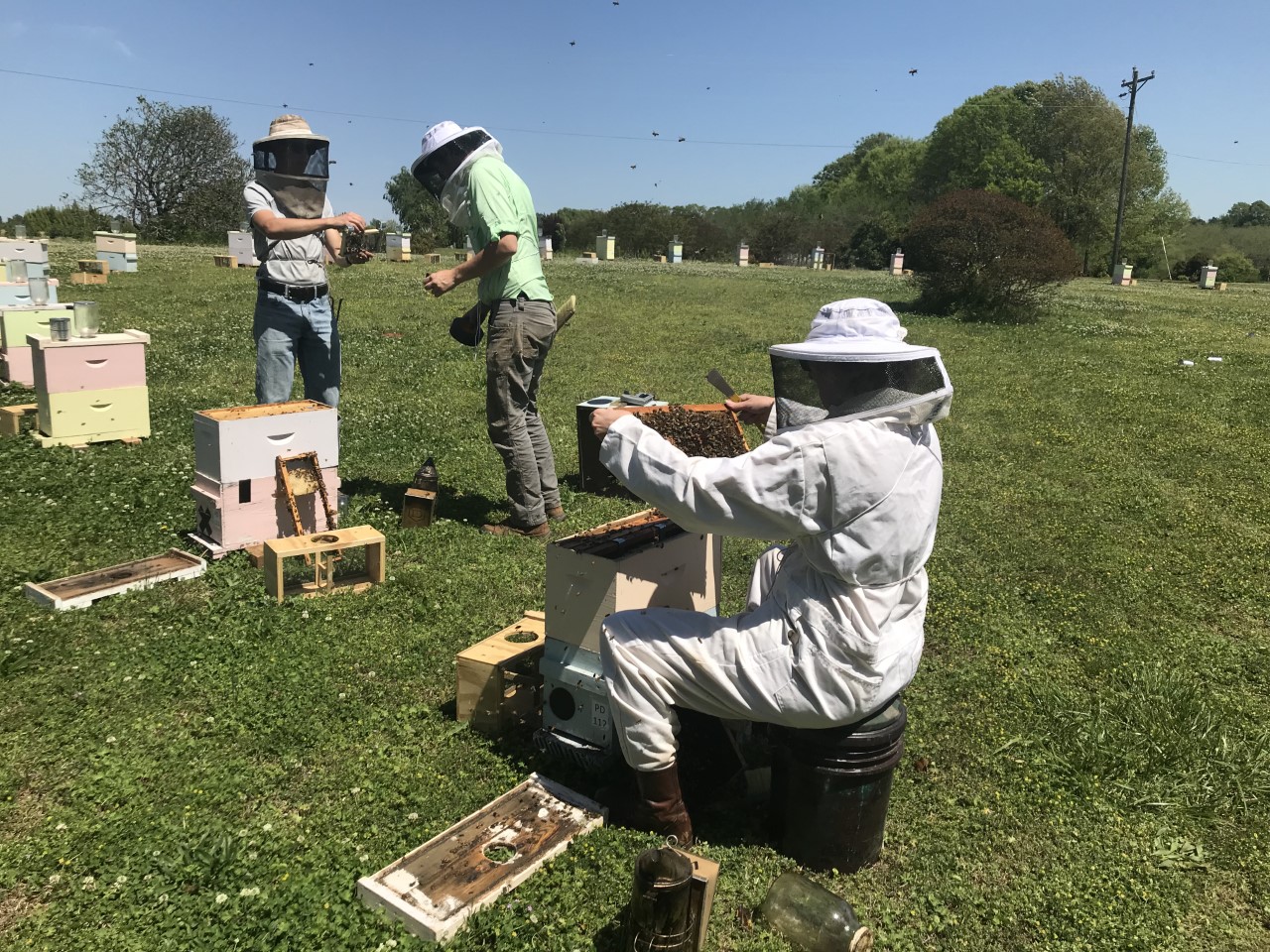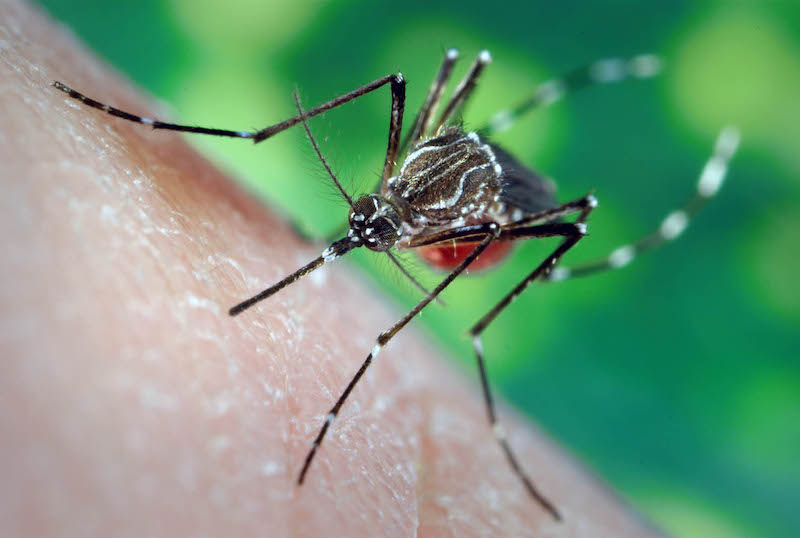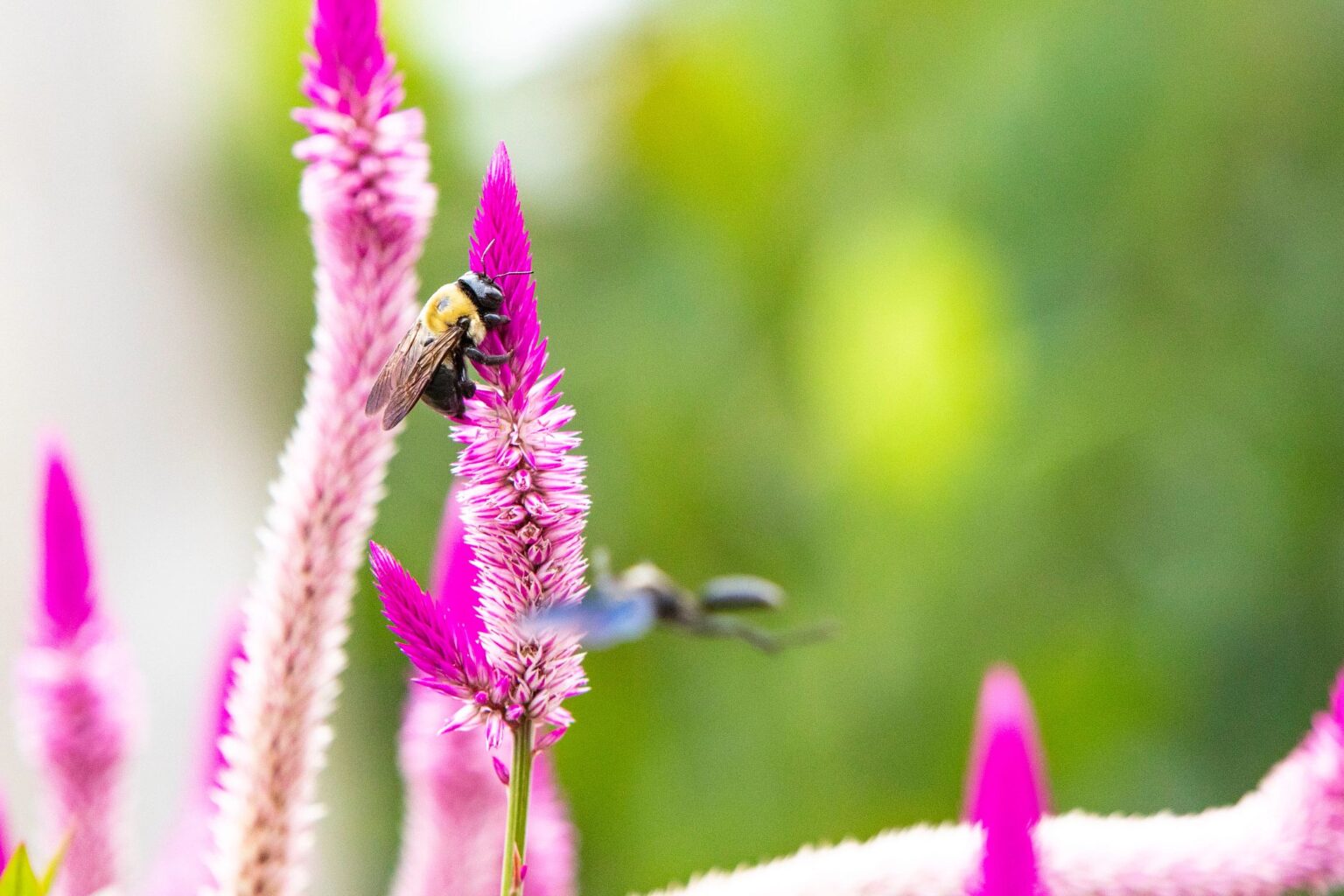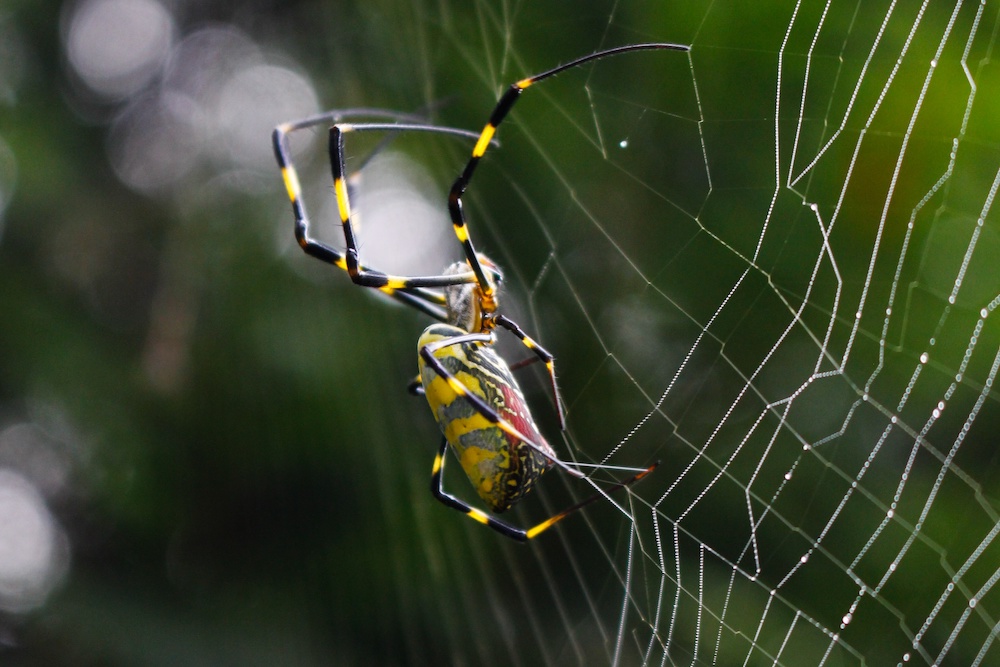 CAES News
CAES News
Beekeeper Outreach
No line of research is too big or small for Lewis Bartlett — literally. From mammoth extinctions to the western honey bee (Apis mellifera), he’s published on a wide range of topics during and since university. But bees have had his attention since childhood.

